It is an indispensable tool for any project that requires intricate cuts or curves, making it indispensable in any workshop. But who actually invented the electric jigsaw? In this article, we’ll look at the history of the jigsaw, from its origins to its evolution over the years.
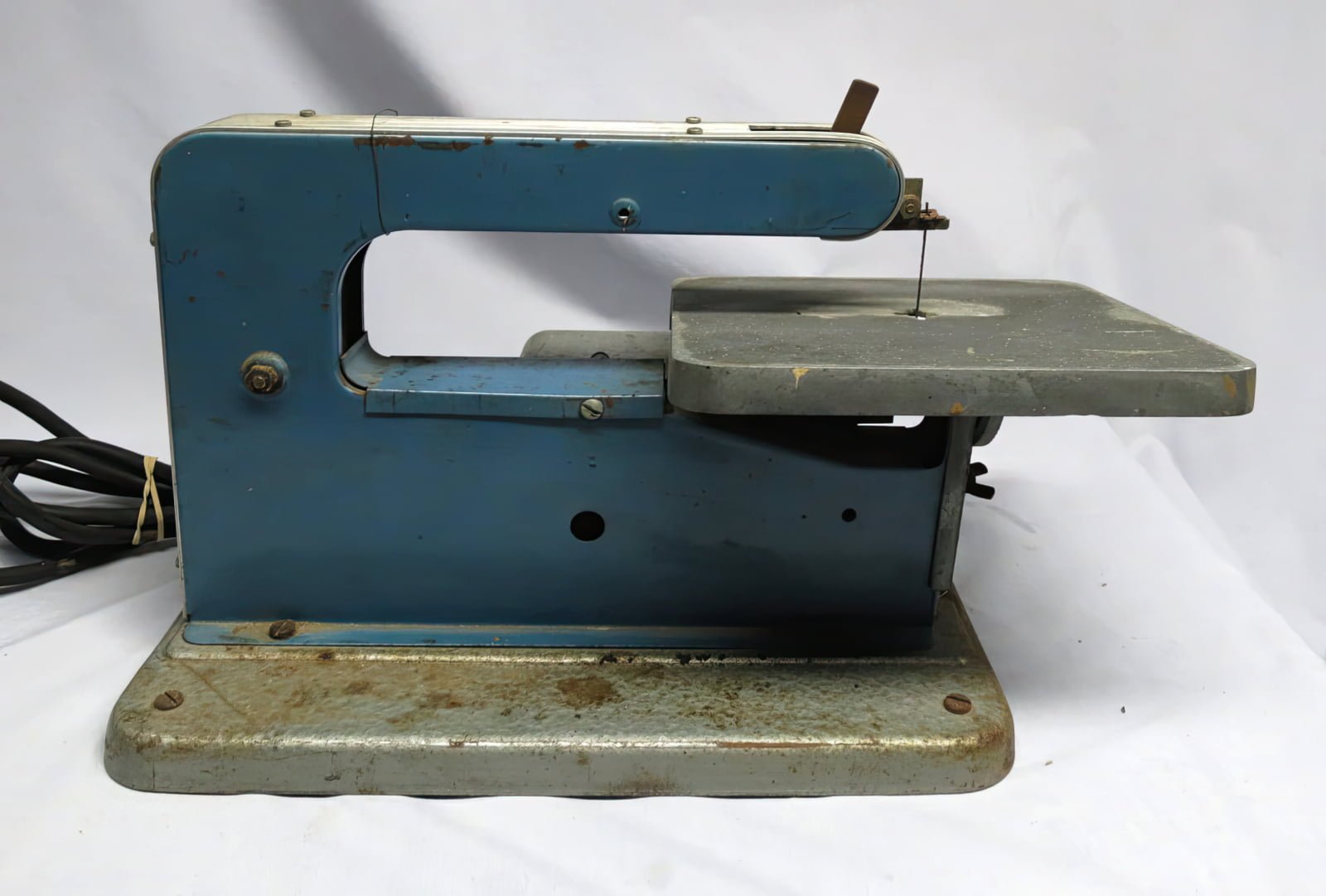
- What is a jigsaw?
- The origin of the jigsaw
- Early development of the technology
- The jigsaw during World War II
- The modern jigsaw
- Different types of jigsaws
- How to use a jigsaw
- Safety precautions when working with the jigsaw
- Jigsaw maintenance
- Benefits of using a jigsaw
- Disadvantages of using a jigsaw
- Conclusion
What is a jigsaw?
Before we dive into the history of the jigsaw, let’s first define What is a jigsaw. A jigsaw is a hand-held power tool that uses a reciprocating blade to cut curves and intricate patterns in various materials such as wood, plastic and metal. It is called a jigsaw because the blade moves up and down like a jigsaw puzzle. It is a versatile tool that can be used for a variety of cutting tasks and is a must-have in any DIY or woodworking enthusiast’s tool kit.
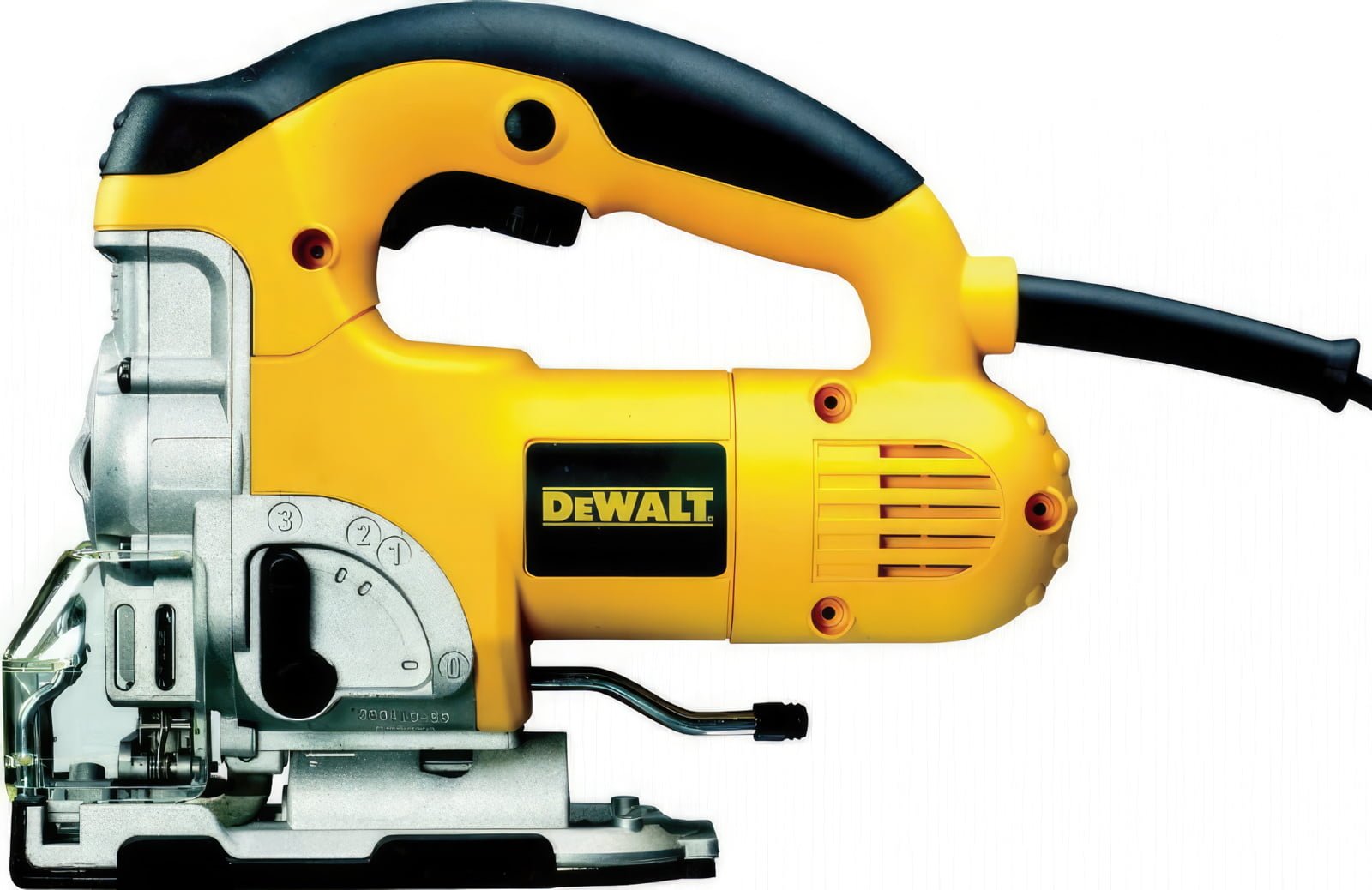
The origin of the jigsaw
The origin of the jigsaw can be traced back to the mid-1800s, when a German engineer named Albert Kaufmann invented the first handheld version of the saw. This saw was known as the “saber saw” or “spiral saw” and was used primarily for carving intricate patterns in wood.. The saber saw was pedal-driven and the blade moved up and down in a reciprocating motion.
Early development of the technology
In the early 1900s, the sabre saw underwent various changes and evolved into the modern jigsaw we know today. In 1947, the Swiss company Scintilla AG invented the first portable jigsaw that worked with electricity. The new jigsaw was an instant sales hit and was widely used in woodworking and metalworking. It was also used in the manufacture of various items such as toys, furniture, and even airplanes.
The jigsaw during World War II
During World War II, the jigsaw played an important role in the production of military equipment. It was used in the production of various airplane parts and was even used to make wooden parts for military vehicles. The jigsaw was so important that it was considered a vital part of the war effort.
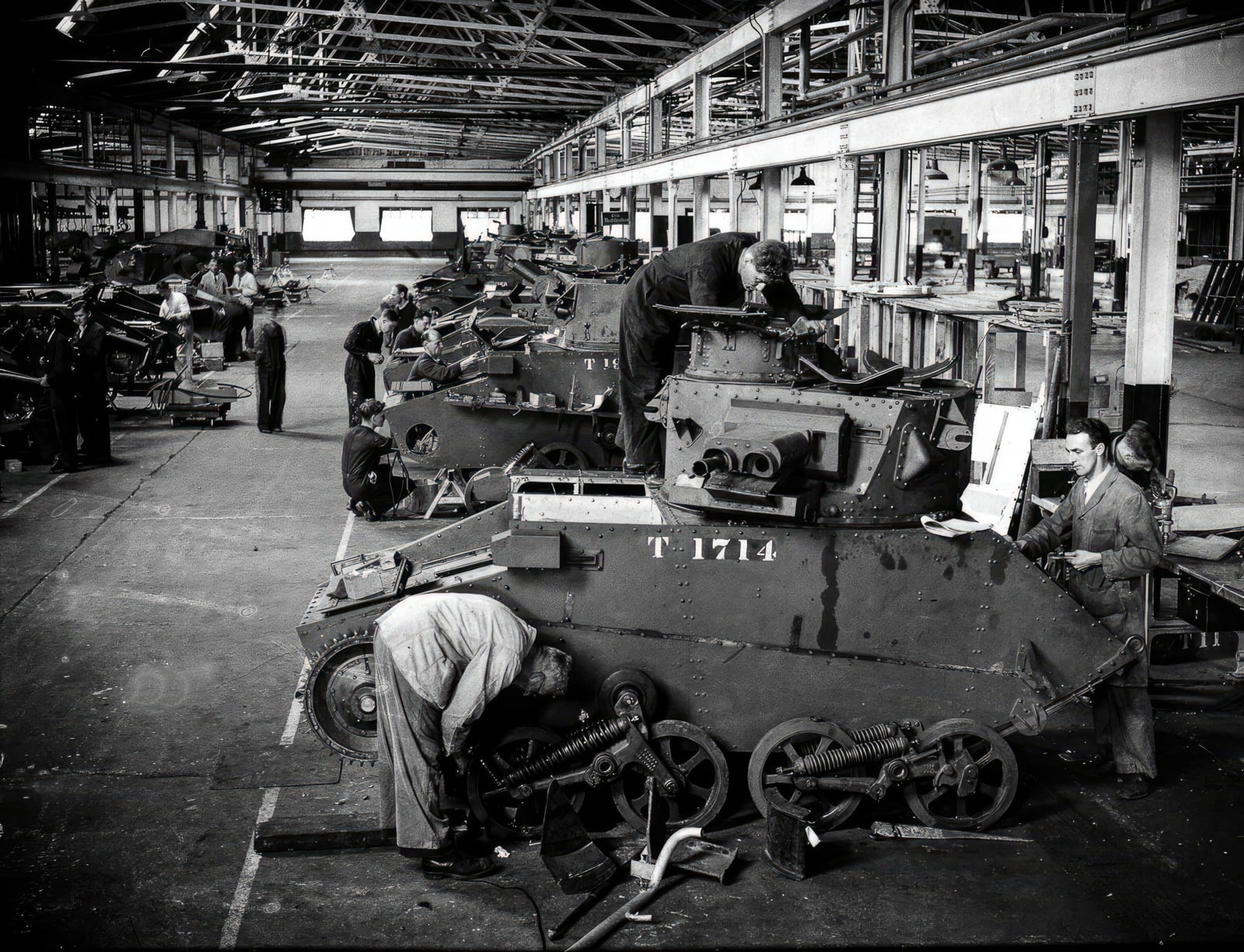
The modern jigsaw
The modern jigsaw has come a long way since its inception. Today jigsaws come in a variety of shapes and sizes and are equipped with various features such as variable speed, orbital action and laser guides. They are more powerful, more ergonomic and more efficient than ever before. These features have made the jigsaw even more versatile and able to handle even the most demanding tasks.
Different types of jigsaws
There are several types of jigsaws on the market today. Some of the most common types include:
- Corded jigsaws: These jigsaws are powered by electricity and are ideal for heavy cutting tasks.
- Cordless jigsaws: These jigsaws are battery-powered and are ideal for portability and convenience.
- Barrel Grip Jigsaws: These jigsaws have a barrel handle that provides better control and stability.
- Jigsaws with top handle: These jigsaws have the handle on top for a better grip and more comfortable use.
- Orbital jigsaws: These jigsaws have a forward-backward movement of the blade, which allows you to cut faster and more efficiently.

How to use a jigsaw
Using a jigsaw is easy, but it does take some practice and skill. Here are the steps you need to take When using a jigsaw:
- Choose Choose the right blade for the materialThat you will be cutting.
- Clamp the material securely to the workbench or table.
- Adjust the blade speed of the jigsaw blade according to the material.
- Turn the jigsaw on and slowly move the blade along the cutting line.
- Use a steady hand and keep the blade perpendicular to the material.
- Move the material as needed to cut along the desired line.
- Turn off the jigsaw and remove the blade when you are finished.
Safety precautions when working with the jigsaw
Like any other power tool, a jigsaw can be dangerous if used improperly. Here are some safety precautions to follow when working with a jigsaw:
- Wear safety glasses to protect your eyes from splinters.
- Use earplugs or headphones to protect your ears from noise.
- Wear a dust mask to protect your lungs from dust and debris.
- Keep fingers and loose clothing away from the blade.
- Always clamp material securely before cutting.
- Keep the jigsaw cord or battery pack away from the blade.
Jigsaw maintenance
The care of an electric jigsaw is very important to ensure its longevity and performance. Here are a few tips for caring for your jigsaw:
- Keep the blade sharp and clean.
- Lubricate the blade periodically.
- Check the jigsaw cord or battery pack for damage.
- Clean the jigsaw vents and filter regularly.
- Store the jigsaw in a cool, dry place.
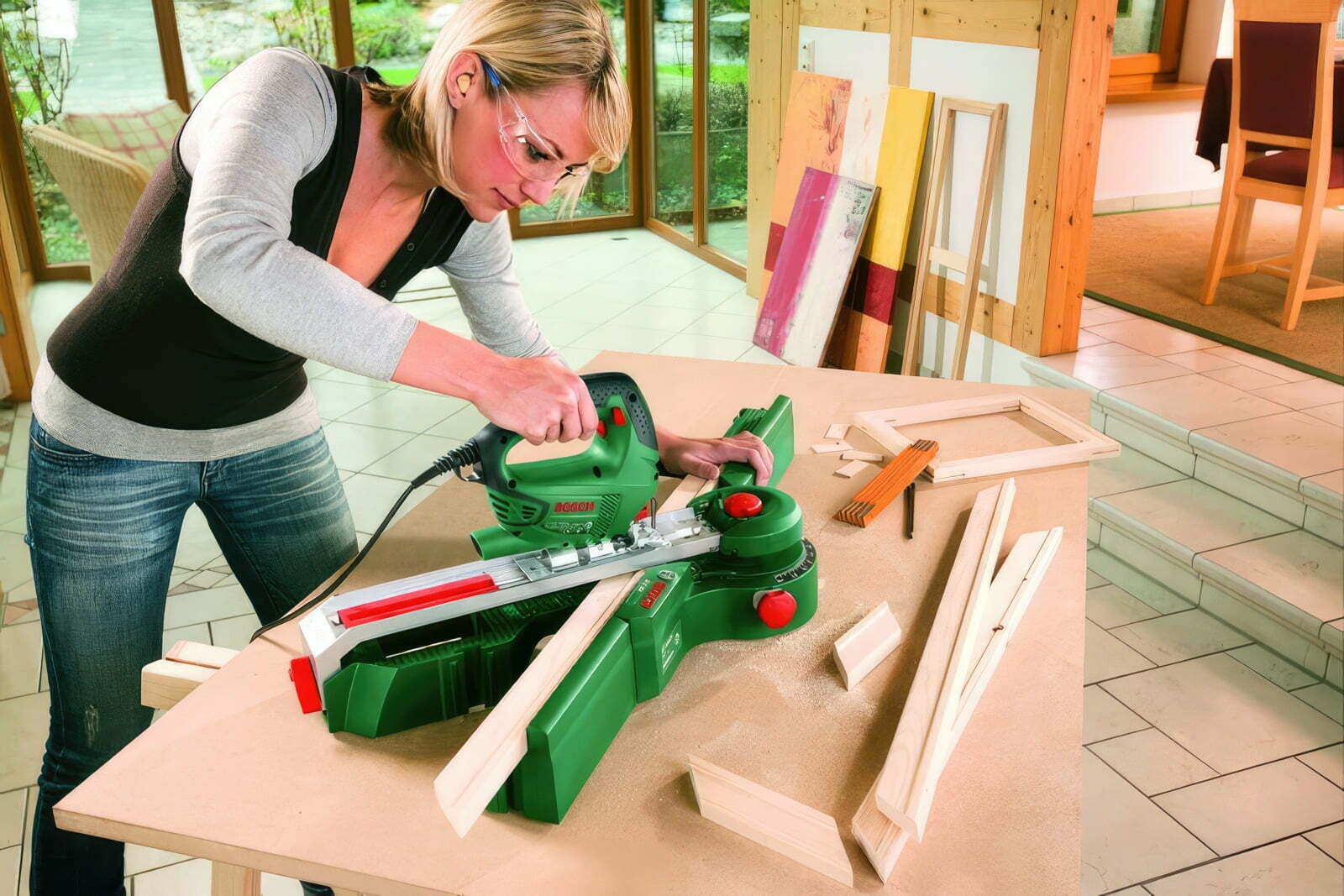
Benefits of using a jigsaw
There are several advantages to using a jigsaw, including:
- Versatility: Jigsaws can make both straight and curved cuts, making them ideal for a variety of cutting tasks. Read also about How an electric jigsaw works.
- Precision: Jigsaws can make complex and precise cuts to create more complex designs.
- Efficiency: Jigsaws can cut a variety of materials quickly and efficiently, reducing the time it takes to complete a project.
- Portability: Cordless jigsaws are portable and can be used anywhere without the need for electricity.
Disadvantages of using a jigsaw
Despite a number of advantages of using an electric jigsaw, there are some disadvantages, including:
- Limited depth: Jigsaws can only cut thin to medium-thick materials.
- Length: Jigsaw blades are usually short and may not be suitable for cutting thicker materials.
- Vibrations: Jigsaws can produce significant vibrations, which can make it difficult to make precise cuts.
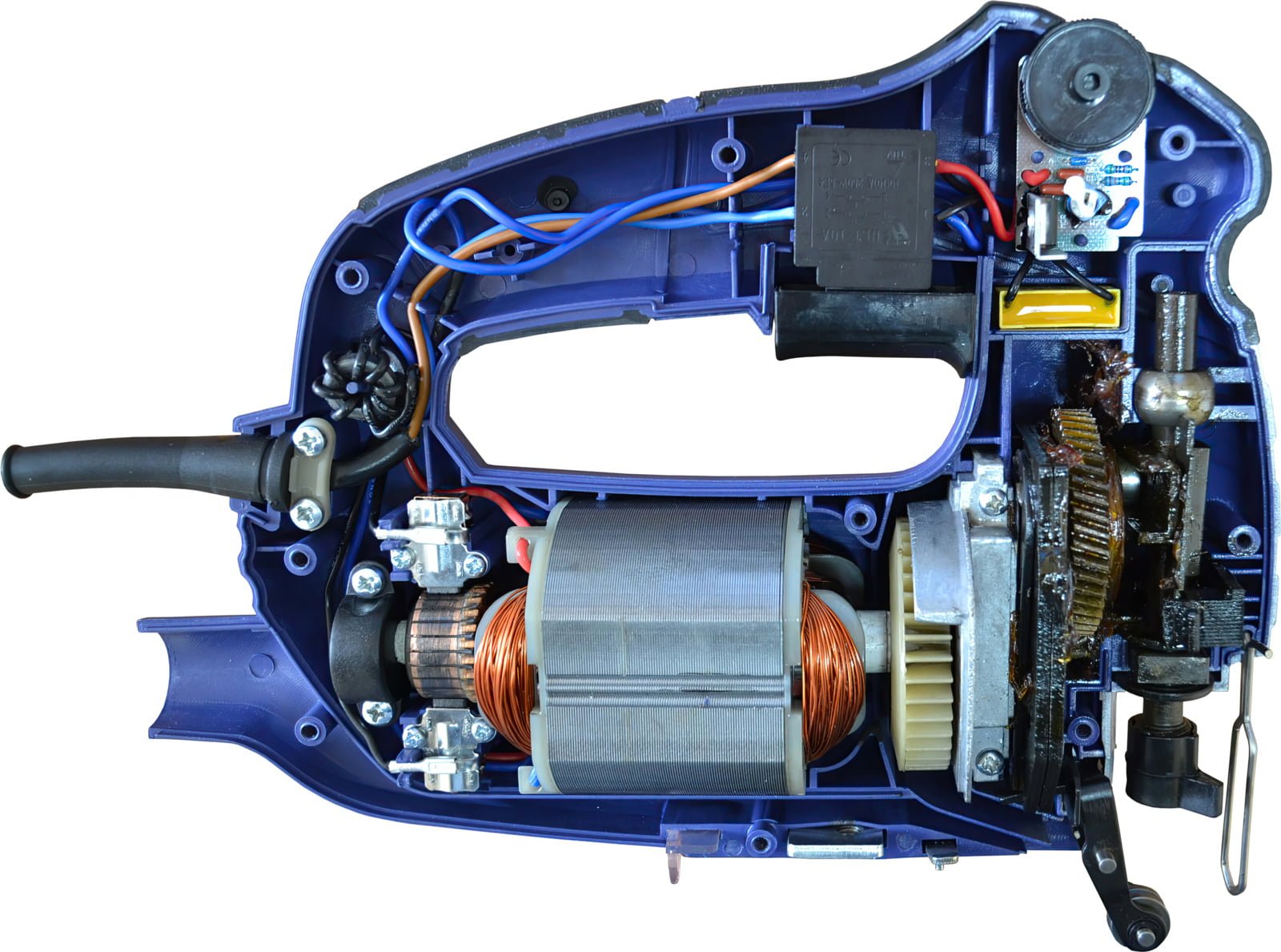
Conclusion
In conclusion, the jigsaw is a versatile and essential power tool that has revolutionized woodworking and other types of cutting. Although the exact inventor of the jigsaw is unknown, its evolution from a hand saw to a modern power tool has been a long and fascinating journey. Today, the jigsaw is available in a variety of shapes, sizes and functions, making it even more efficient and able to handle a variety of cutting tasks.
Read More: